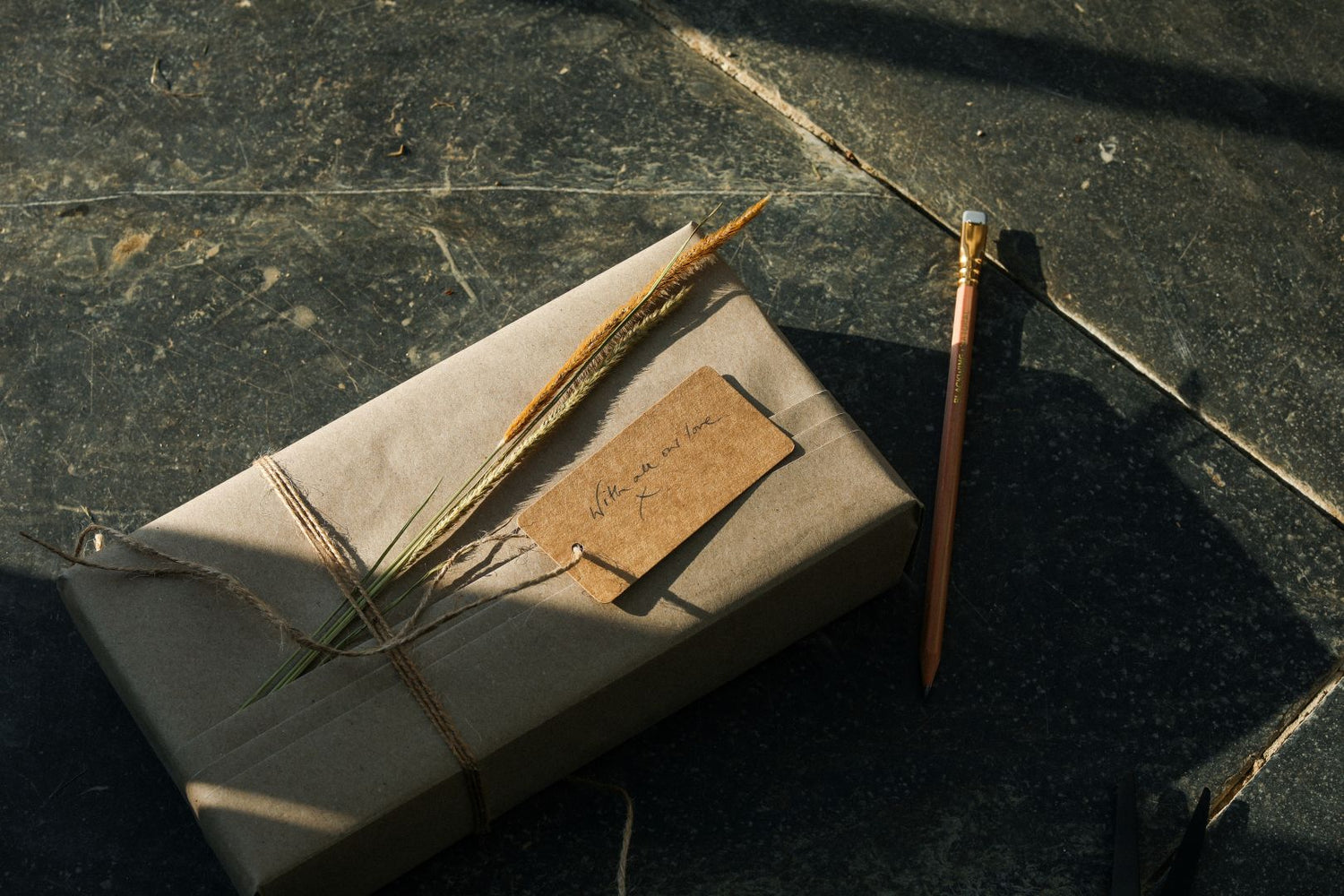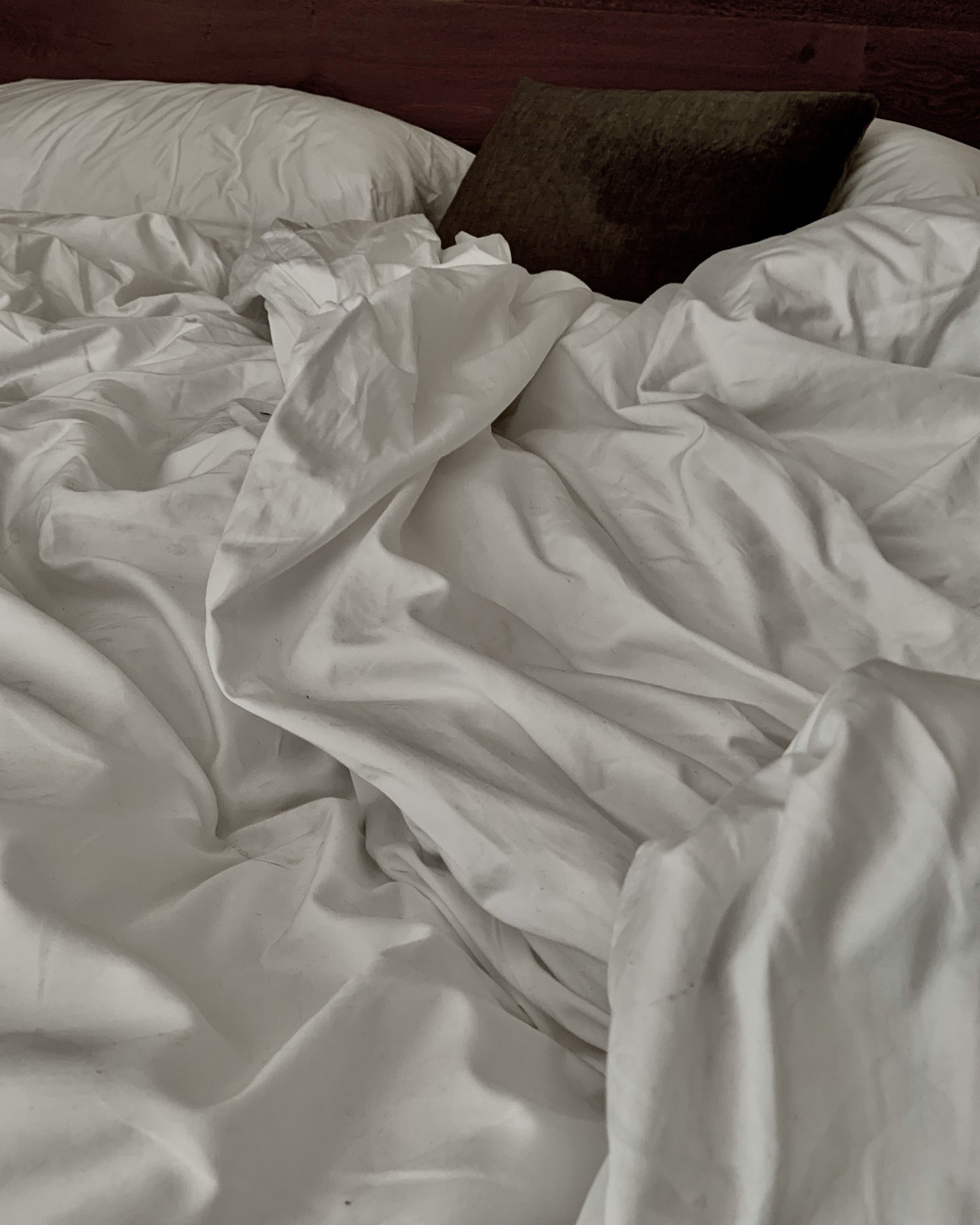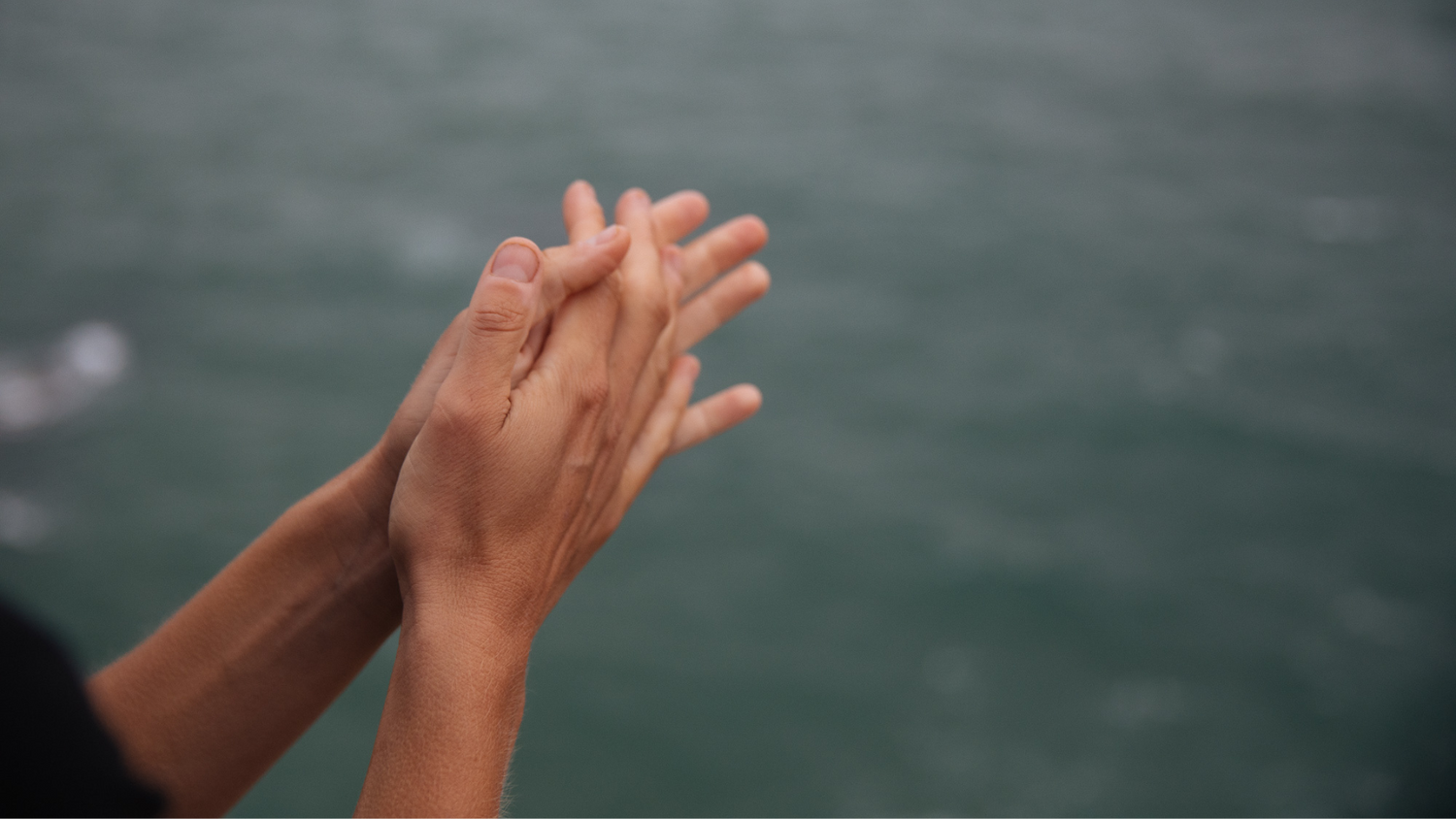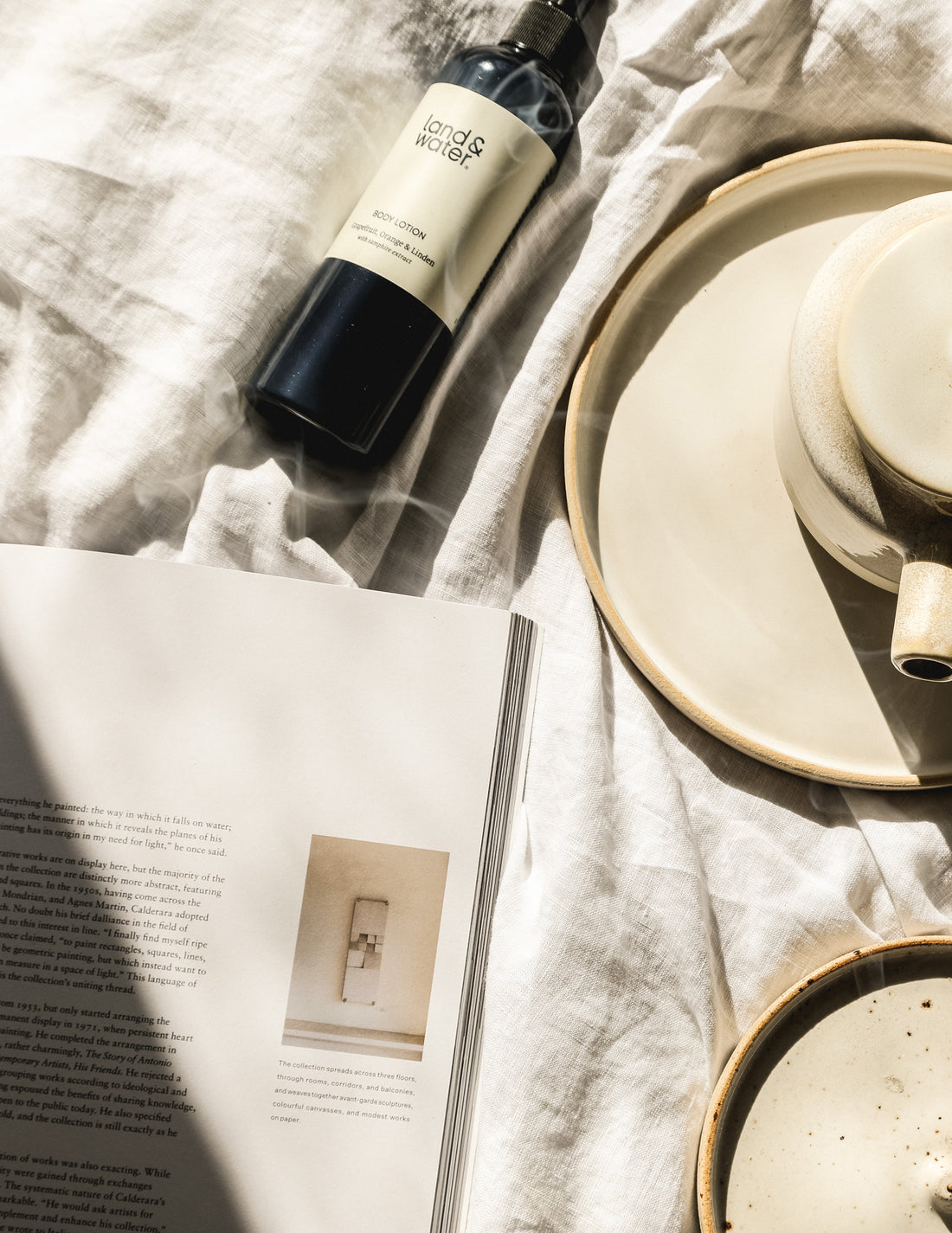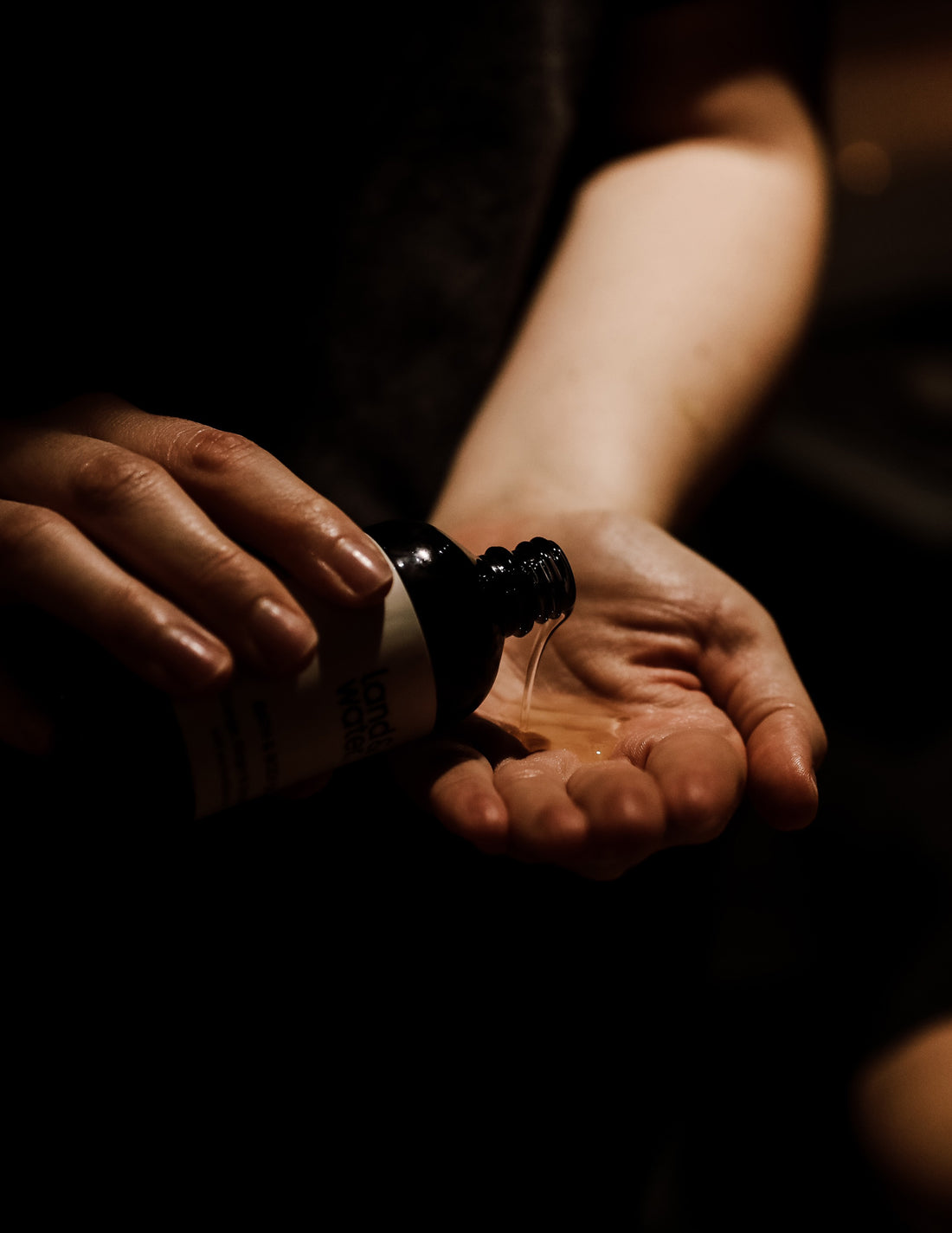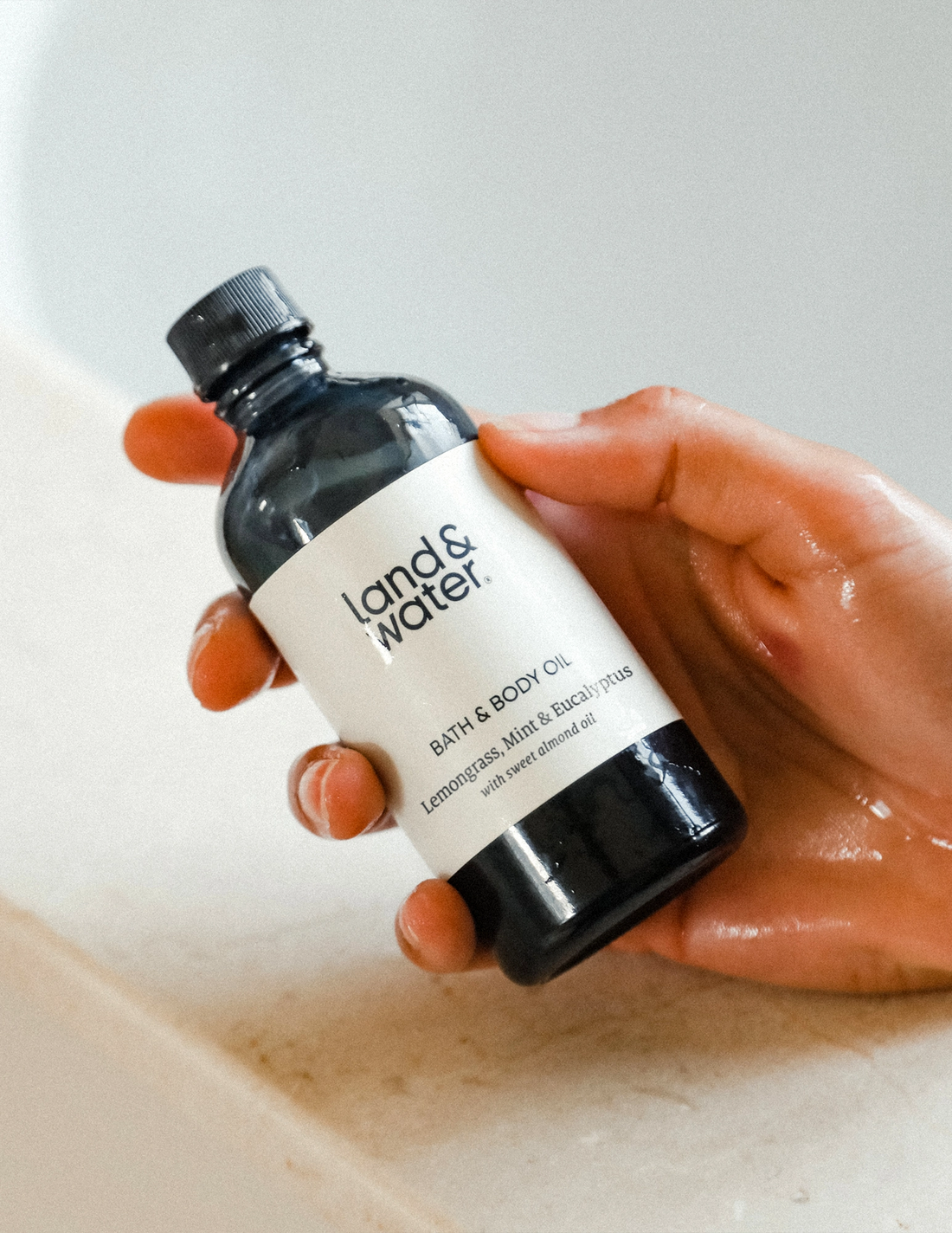Glass? Plastic? Bioplastic? Refills? The research, logistics and decision-making in the sustainable packaging debate can be challenging terrain to navigate – especially for a new brand with limited resources. land&water founder Pix Ashworth shares what she’s learned from the journey so far.
Led by the principle that we are all responsible for pushing boundaries and finding the best solution we can, Pix is passionate about sustainability and takes the responsibility of her choices seriously. Reflecting on her experience of setting up the land&water brand, five important ‘lessons’ floated to the surface…
1. There is no straightforward answer
“I spent a year researching all the packaging options for land&water; reading industry literature, researching leading brands, speaking to manufacturers, reading press articles and exploring packaging conferences.
The process was initially frustrating – I kept thinking, ‘Where’s the answer?’. But as soon as you realise there is no right answer, and the options are continually evolving, it opens your mind to learning to understand the whole picture. It’s about feeling comfortable with finding the right answer for your brand and its stage of development.
I met our chosen plastic packaging partner at a packaging conference. Their passion, knowledge and focus on sustainability was immediately clear. The levels they’d taken their environmental research to really stood out from the rest. So having them on board and at the end of the phone was a massive help.”
2. The ubiquity of plastic isn't just due to laziness
“There are so many conflicting and often inaccurate messages out there. And many of the materials that we as consumers feel good about are less environmentally effective than they seem. Plastic is often vilified; yet sourced, manufactured and re-used / re-purposed effectively it’s often an appropriate option for sustainable brands. It’s cost-effective, light, durable and safe; while glass is heavy, breakable (so not safe in showers), requires intensive amounts of energy to produce and recycle, and the environmental and financial costs of transportation are much higher than plastic.
The production of virgin plastic and glass both deplete natural resources, disrupting biodiversity in the extraction process. Glass is endlessly and more easily recyclable and doesn't leach chemicals into the environment in its disposal, whilst plastic disintegrates almost 1 million times faster than glass but never fully breaks down and has a limited recyclable life.
No one solution champions over the others. Both plastic and glass have their advantages and disadvantages and it’s clear that neither is more sustainable than the other currently. In the end we chose 100% post-consumer recycled (PCR) plastic for our bottles to be used in wet areas (hand wash, hand lotion, body wash, body lotion, shampoo and conditioner), and glass for our other products. Our PCR comes from Dutch recycling and has batch to batch traceability, ensuring low distances in transportation and high quality in supply. Using 100% PCR plastic ensures that we're not depleting fossil fuels and are reducing landfill, whilst helping the circular economy.”
3. Balance and flex are part of the ride
“Initially, I wanted to use biopolymer made from sugarcane for our plastic bottles; it's an interesting option, described as renewable 'plant-based plastic', and uses ethanol extracted from sugarcane. While this is a renewable source and captures carbon in growing the plants, the environmental impact of intensive farming processes is damaging – pesticides, herbicides, fertilisers and a significant amount of water are required. It also casts doubt over the use of Brazilian land and may be encouraging land clearance for crops. Again, there are always arguments for and against. I continue to follow the evolution of plant-based plastics keenly, but 100% PCR feels right for land&water at this time.
Balance is everything: commercial needs and sustainable needs have to go hand in hand; one doesn’t work without the other. We're also conscious of passing costs on to our customers. As a young brand, the volumes you’re buying at don’t give you much leverage to bring the margins down.
I also had to flex and adapt along the way. In our design phase, the creative concept of outer packaging revealing something on the inside was really appealing. It quickly became apparent, however, that outer packaging would not only push up the cost of the product, but also, excessive packaging felt instinctively wrong in the context of our sustainable aims. The most effective solution is no doubt the least technical: just use less.”
4. Do your best in the present, always with an eye to the future
“We continue to research industry standards and watch what’s happening in the market place. Happily, our packaging choices of a year ago continue to make sense for our brand. I am optimistic about the future of bio-based plastics and I hope that there’ll come a good moment for us to switch to a combination, whereby a plastic bottle is made from 50% bio-based plastic and 50% PCR, so that we feed truly sustainable virgin plastic into circulation and remove what we put in.
Sustainability must include the product's whole life cycle and the social conditions in which those raw materials are produced. I'm also monitoring alternative solutions, particularly the evolution of packaging-free solutions. In the meantime, our focus continues to be championing re-use through the use of recycled materials in our production and trying to find effective refill solutions.”
5. Simple-seeming principles can present complex challenges in reality
“I’ve wanted to do refills from the very beginning, but it’s so much more complicated than it might initially appear. There are two parts to it: firstly, supplying our products in volume straight to our customers, which would cut down the use of packaging and transport, and is ultimately better value for the customer. And secondly, offering land&water refills and returns. Reusing what we already have is undoubtedly the best solution for the environment, but unless we make it convenient and accessible it won’t take off.
If we take on the responsibility of refilling empty bottles that customers send back, we have to ensure they are sufficiently clean and have the correct label/ ingredients on. We have to be very clear on that. Or people could come in and do the refilling themselves – but the practicalities of reach and convenience for such a small start-up brand, as well as keeping it safe, are all quite challenging. We’d like to offer bigger size bottles – e.g. 1 litre and 5 litre, but manufacturers don't offer these sizes in PCR PET in achievable volumes, so it's likely we'd need to make a compromise here.
That doesn’t mean we won’t keep pushing hard to offer a refill solution, however – we just need more time to explore all the different and constantly evolving options.”
+
Find out more about sustainability at land&water in our FAQs.



